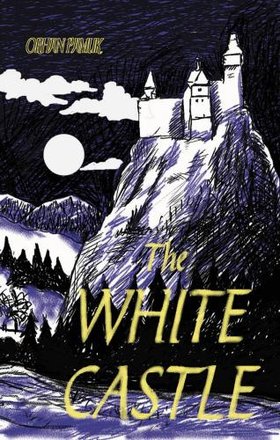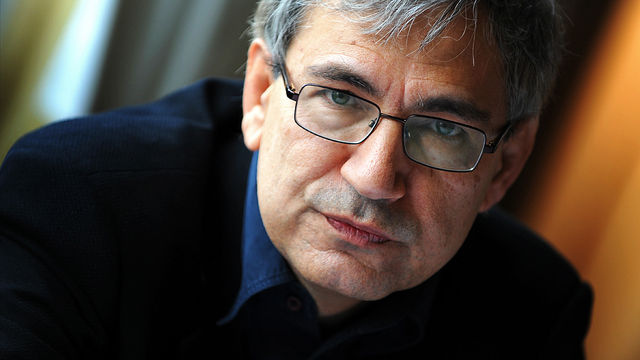Doing homework for the Turkey trot, ooops, tour, in October 2015. I read Pamuk’s ‘Istanbul: Memories of the city’ earlier, finding it well written but meandering, too much like life that.

This book is a fable, an Italian traveler is enslaved in Ottoman Istanbul in the 16th Century. His western knowledge, particularly anatomy, sets him apart, first as a doctor and later as an engineer.
The pasha who owns him gives him to Hoja, because the two men, the unnamed slave and the master (Hoja), look a great deal alike. Hoja is a scientist-engineer employed by the pasha and the slave becomes his assistant. They work on several projects, including fireworks. The pasha strives for recognition from the Sultan, Hoja strives for promotion. Much striving.
One theme is identity given the resemblance of the two men and their incessant exchange of information for some years, some of it personal. Another theme is the resistance of the Ottoman world to change, as represented by scientific knowledge both imported from the West in the slave but also as generated by Hoja.
The third, the governing theme, is the master-slave dialectic. The slave becomes like the master first but in time the master becomes like the slave. At the end it is not clear who is narrating the slave who has assumed the identity of the master, or the master who pines for the slave (his European knowledge) as his alter-ego. Are Turks Asians or Europeans?
Then there is the unreliable narrator beloved of post modern writers but not readers.
 Orhan Pamuk, Nobel Prize winner in Literature.
Orhan Pamuk, Nobel Prize winner in Literature.
But I fear that it is not particularly interesting to read. It is well written but seems lifeless, as though the plan was drawn up on a white board and then executed in neat chunks. The author is aloof, detached from it all framing the story as the finding of a third party.
Skip to content
